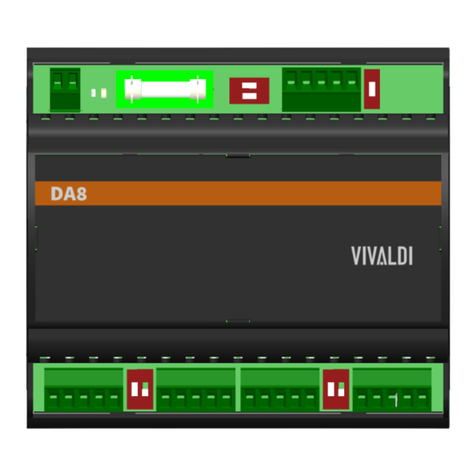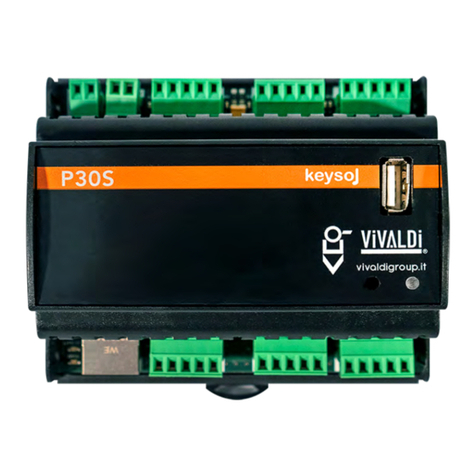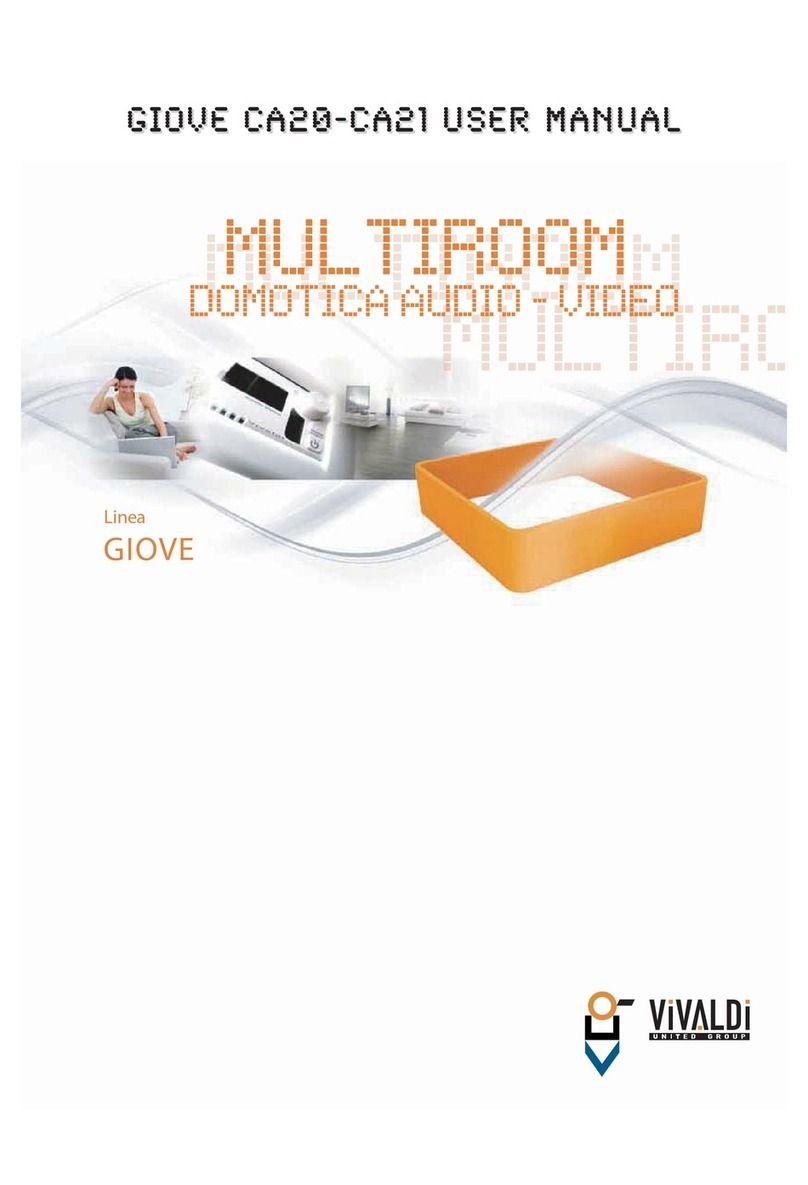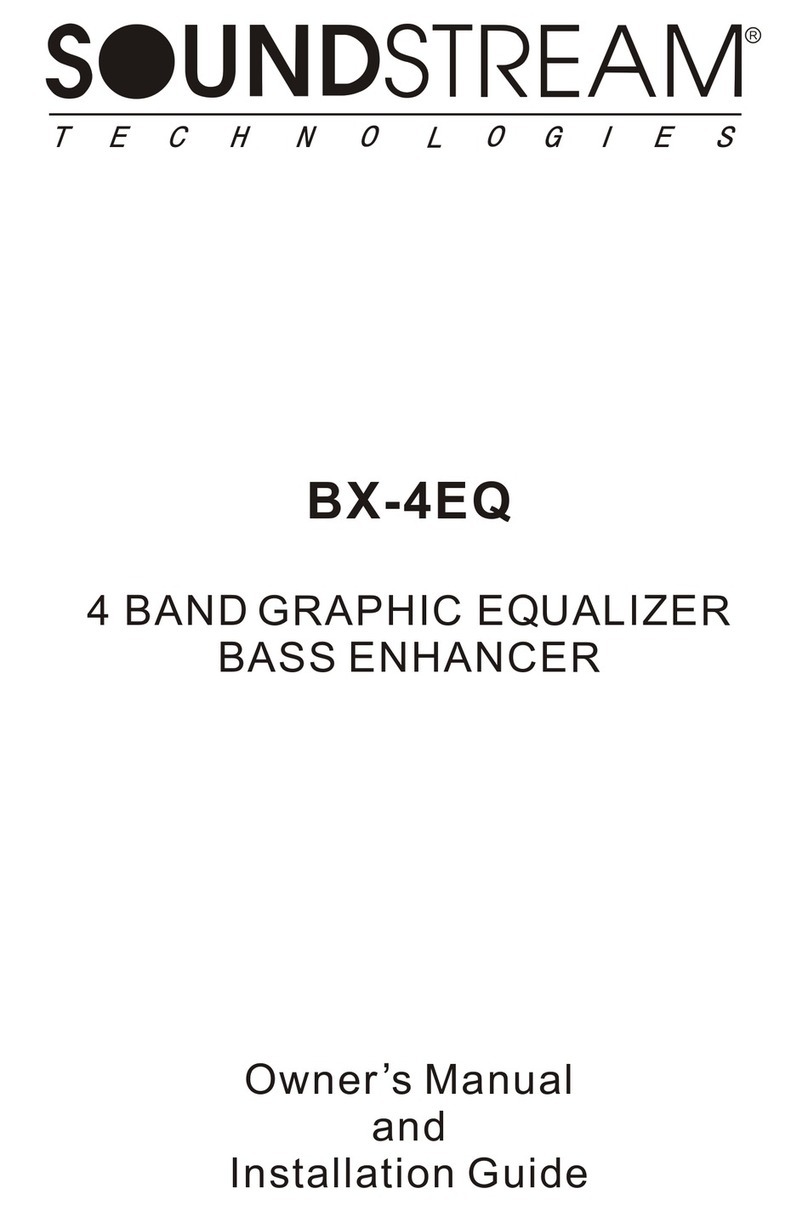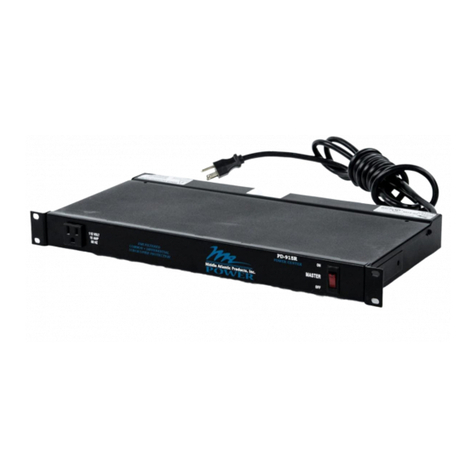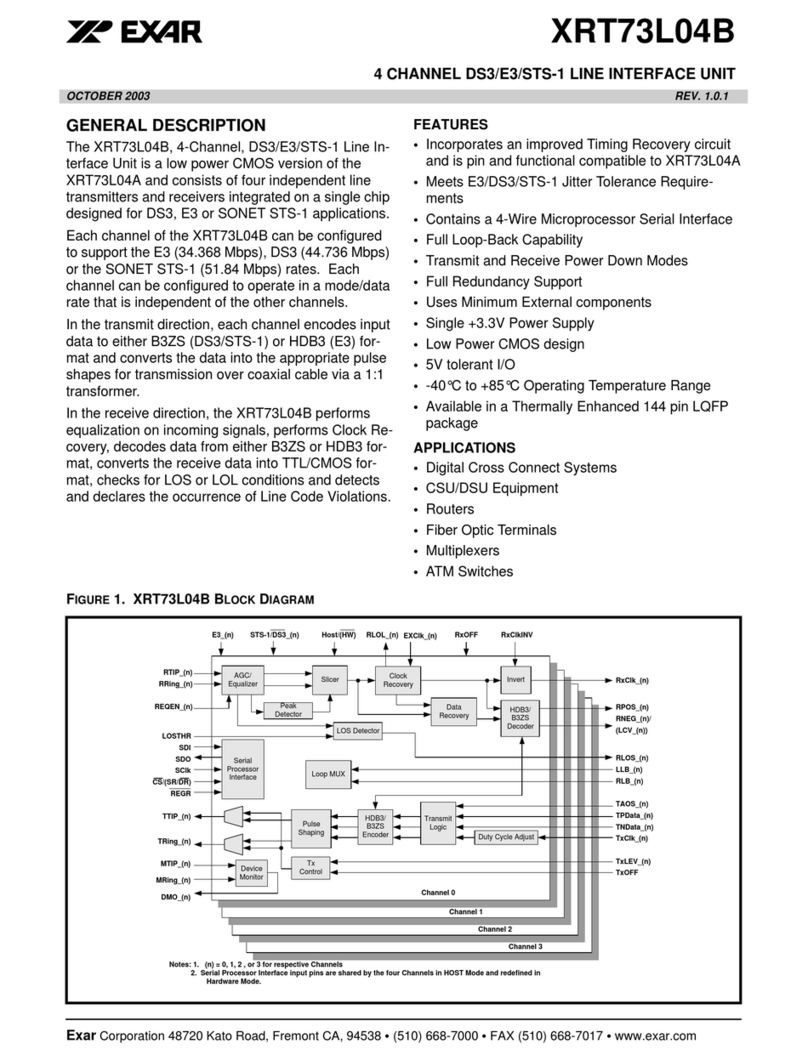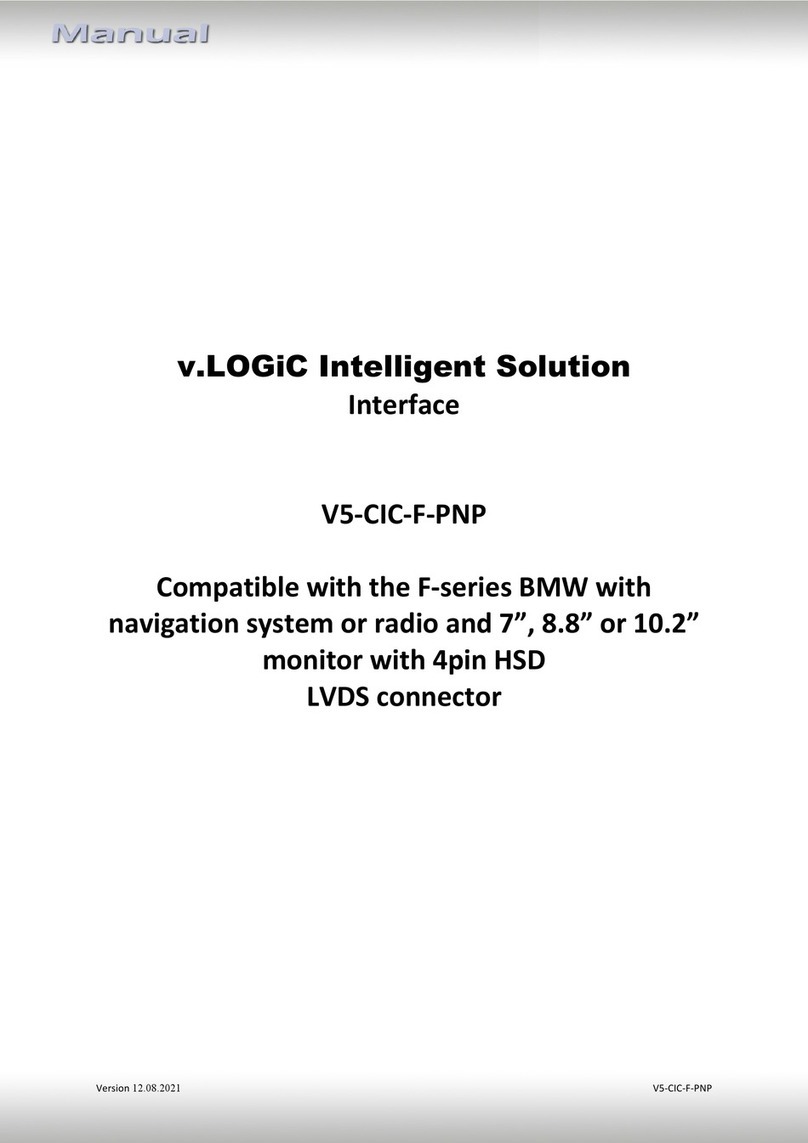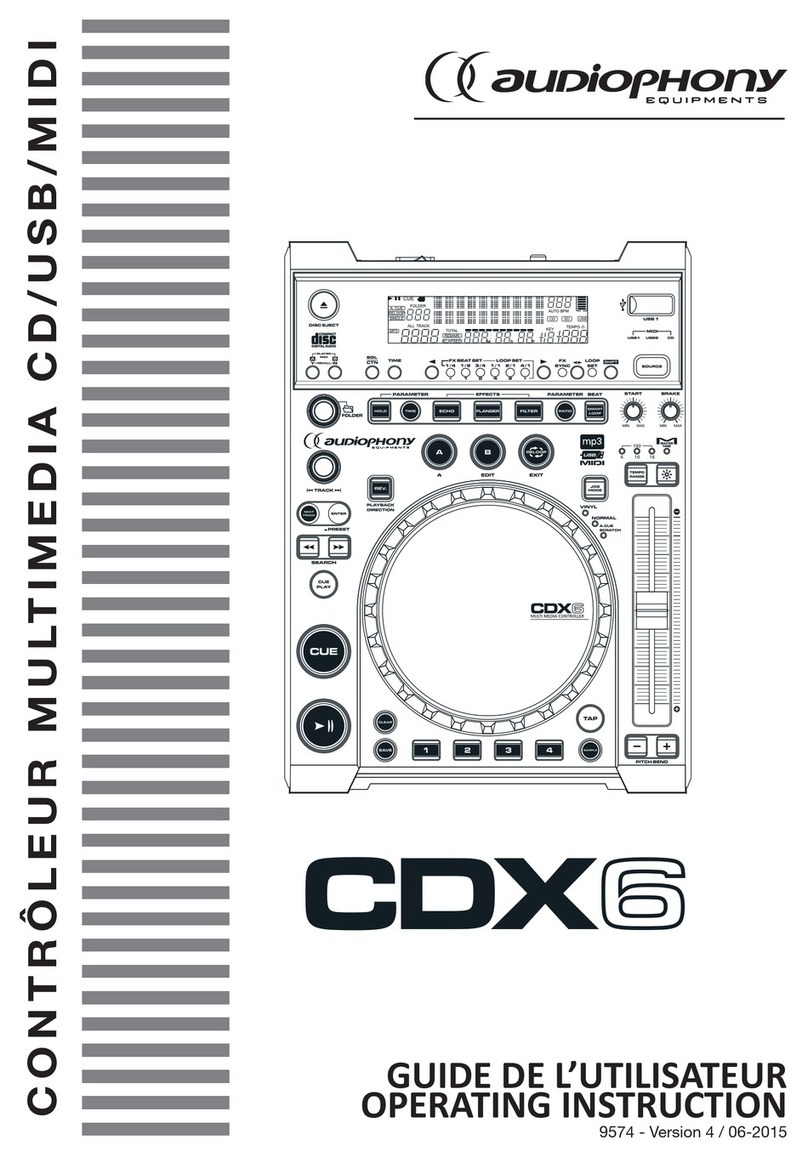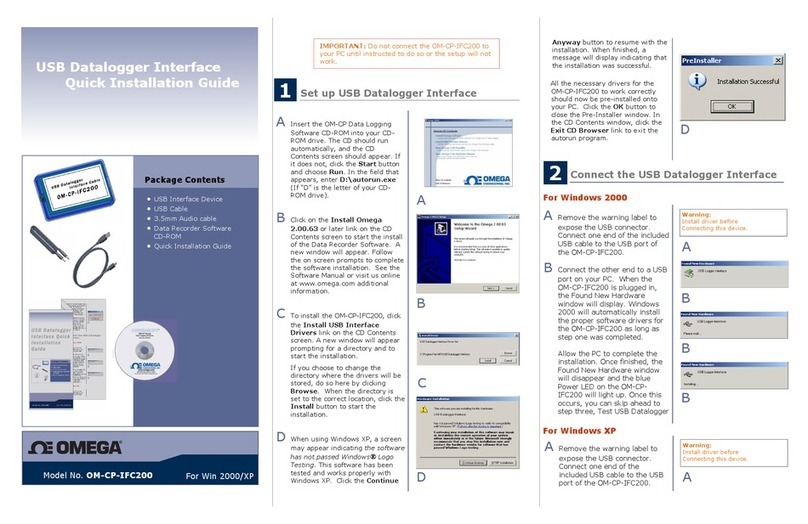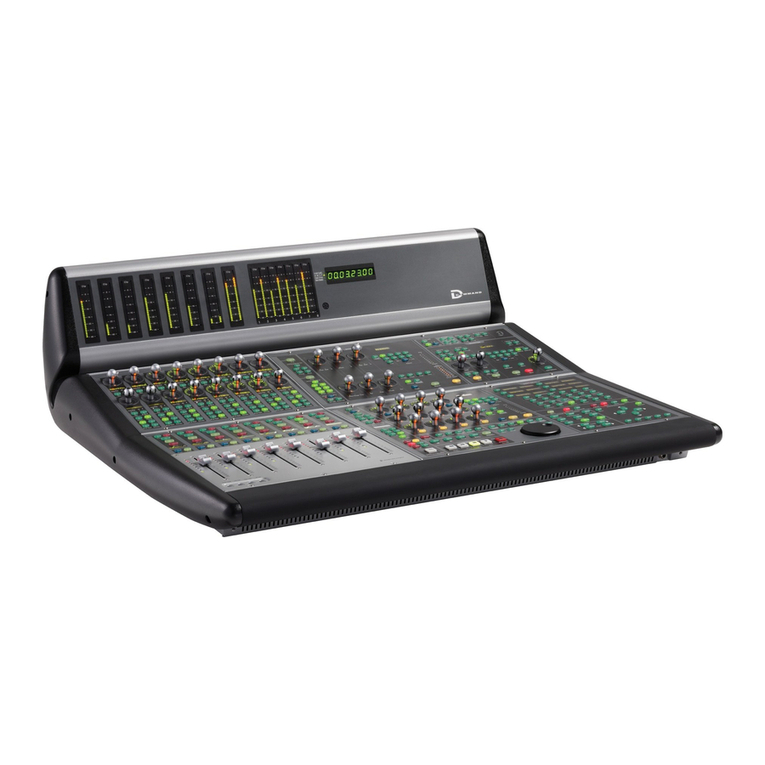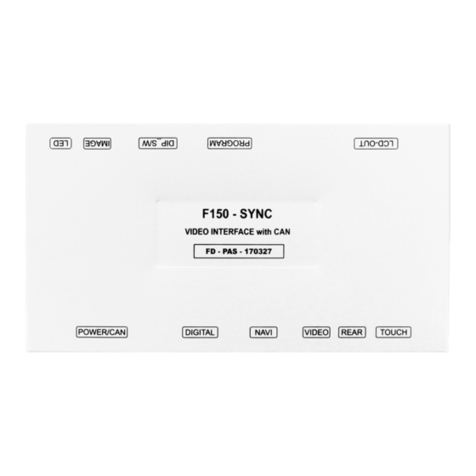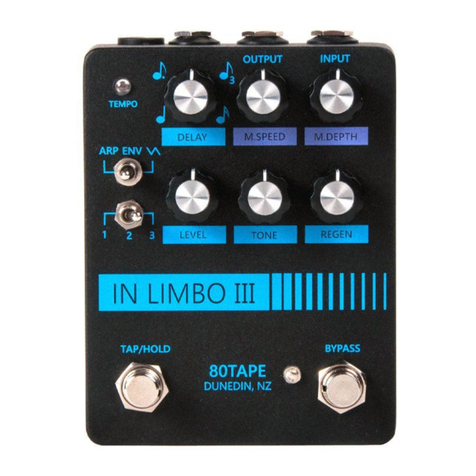Vivaldi GIOVE FREENET User manual

GIOVE FREENET
IN-BUILT MICRO MULTIROOM
ALL IN ONE WITH RS485 PORT
USER MANUAL
www.vivaldigroup.it
° STEREO 25+25W
° RADIO FM WITH RDS
° USB PLAYER
° MICROPHONE FOR MESSAGING
° AUXIN
° RS-485 PORT
° BLUETOOTH

1
I DEX
° Main features pag 2
° USB input pag 3
° Integrated microphone pag 3
° IR receiver pag 4
° Keys features pag 4
° Use of the Giove FREE ET pag 5
° The TCIR5 remote control device pag 10
° Wirings pag 11
° Wiring diagrams pag 14
° Technical features pag 22
° Appendix A (SETUP menu) pag 23
° Appendix B (BT module) pag 26
° Appendix C (BTI module) pag 27
° Mounting adapters pag 28
This manual can be downloaded in pdf format also on our site:
www.vivaldigroup.it

2
Main features
The Giove FREENET device is an all-in-one module, suitable for
being installed in a 503 in-built case, by means of the appropriate
adapters. It can be installed applying to a wide range of adapters of
most popular brands and models.
Supplied with an integrated D class digital amplifier, it can supply up
to 25+25W maximum power.
The GIOVE FREENET has been conceived to spread audio in a sin-
gle zone of maximum 50mq.
The integrated FM Tuner and the USB port, make of the Giove FREE-
NET a device that can be installed in every environment, independen-
tly.
By wiring the RS485 communication line it is possible to manage and
supervise the state of the remote control and change parameters.
The IR remote control device, in equipment, allows to manage the
main functions.
The integrated FM Tuner is provided with Automatic search function,
RDS and 7 memories.
The USB reader allows to listen to the tracks stored in a memory stick
(USB key containing tracks or other audio files on roots or within a
maximum of 65534 folders).
The back AUX IN allows to connect another stereo audio source.
In combination with other FREENET, coupled with a CA20/CA21
audio controller, it becomes an intercommunication system, thanks to
the integrated microphone, and a centralised audio multizone system.
The Giove FREENET is endowed with a graphic display and high visi-
bility O ED technology.

3
USB input
The USB input allows to connect a USB key, containing audio files.
When inserting the pen drive, the device automatically commutates
into the USB source, scans the USB key contents, searching the
audio files and starts reading the first track.
The Giove FREENET remote control can read MP3, WMA and AAC
tracks on the pen drives with FAT16 or FAT32 file systems and maxi-
mum capacity of 8 GB.
It is not possible to read the contents of mobile devices, smartphones,
MP3 players ecc.
The 5V power supply of the USB port is not dimensioned for allowing
recharge of mobile devices.
Integrated microphone
The Giove FREENET is equipped with an integrated microphone, that
allows to communicate with other remote controls by means of the
CA20/CA21 controller.
IR receiver
The Giove FREENET is equipped with an integrated IR receiver, that
allows to control its functions by means of the Giove TCIR5 remote
control device in equipment and to return the IR controls towards the
sources by means of the CA20/CA21 IR outputs.
The black Giove FREENET remote controls are provided with black
colour remote control device.
The white/silver Giove FREENET are provided with white colour re-
mote control device.

4
Keys description
ME U key
The MENU key allows to enter the menu for Sources selection, Tones
and Setup of the device, as to change functions between FM memory
search or frequency or between folders or tracks of the USB reader.
Keys << e >>
These keys allow forwarding or rewinding of the FM frequency or of
track/MP3 folder, in relation to the selected source. Furthermore, they
allow the menu navigation.
Keys - and +
The keys – and + allow the volume regulation and the menu navigation.
E TER key
By keeping pressed for a long time the Giove FREENET is switched
on/off, by short pressure the MUTE function is activated.
When listening to the USB key content, the track playing is paused.
When the SETUP functions are entered, the ENTER key acts for data
confirmation.
MIC key
The key showing the microphone symbol, if kept pressed for a short
time, activates the microphone function, asking for the remote control
ID, to which open communication is addressed. If kept pressed conti-
nuously, it makes directly the call towards the last selected ID.

5
Use of the Giove FREE ET
Overview
Switch on the device by the ENTER key or by the ON/OFF key of the
remote control device.
Automatically the Giove FREENET will play the TUNER source, it is
possible to act on the << or >> keys for tuning on the desired fre-
quency.
When a USB key is inserted, after few seconds the Giove FREENET
starts playing the first track, between those stored inside.
For returning to the TUNER source put off the pen drive or press the
MENU key until the menu appears, from the SOURCE function it is
possible to select the various sources including the TUNER. The
TCIR5 remote control device in equipment allows direct access to the
various sources.
TU ER source
While the TUNER source is playing, the display shows the frequency
tuned by the device as the power of the received signal, the Stereo or
the Mono modality of the station, the eventual RDS text and the me-
mory used.
The brief pressure of the MENU key changes the way of functioning
of the << and >> keys.
In the FREQUENCY modality their pressure increases or decreases
the tuning frequency, in the MEMORY modality their pressure increa-
ses or decreases the station memory.

6
The Giove FREENET is equipped with 7 memories, for memorizing a
station proceed as follows:
1 Keep pressed for a long time the MENU key until the display shows
the menu.
2 Search the SETUP function by means of the << and >> keys and
press the ENTER key.
3 Search the MEM. FM function by means of the << and >> keys and
press the ENTER key.
4 Search the memory to be inserted/modified by means of the << and
>> keys and press the ENTER key.
5 By the << and >> keys tune on the desired station and press the
ENTER key.
The display visualizes shortly the script STORED and indicates the
accomplished frequency memorization.
If you desire to memorize other stations, please repeat from the point
4, otherwise go back to the main menu by the MIC key or, alternati-
vely, the display after few seconds will automatically return.
USB source
When inserting a pen drive containing tracks or other playable files,
the device automatically commutates into the USB source and starts
playing.
While the USB source is playing, the display visualizes the name of
the track reading and the name of the folder in which it is stored.
It shows also the time of execution of the same track.
The TRACK script indicates that the << and >> keys are able to scroll
the tracks.
The brief pressure of the MENU key changes the way of functioning
of the << and >> keys.
In the TRACK modality they allow to forward to the next track or to
backward to the previous, while scrolling between the previous folder
and the next in the A BUM modality.

The display normally shows, beside the USB script, a “play” triangle in-
dicating that the track is currently playing.
If the symbol II is shown, it means that the track is in pause and that
the Giove FREENET is in MUTE modality (short pressure of the ENTER
key).
AUX I source
By selecting this source it is possible to listen to a source connected to
the rear terminals of the device.
Such source could be a mp3 player, a CD player or any other device
equipped with analog audio line output or headphone output.
MIC OUT source
The MIC OUT source allows to use the Giove FREENET as a mi-
crophone base, able to send the signal of its own internal microphone
towards other devices. The signal, of analog monophonic typology, is
sent exclusively through the MIC+ output, so it will not be possible to li-
sten to the message by means of the speakers connected to the above
described Giove FREENET.
MIC I source
The MIC IN source allows to listen to another source equipped with ana-
log monophonic signal line, or the microphone signal of another Giove
FRENET, connected to the MIC+ terminal.
SOURCES 1 – 7 (CD, DVD, TV, DVR, AUX1, AUX2, MP3)
The audio signal of these sources comes from their respective inputs
in the Giove CA20/CA21 audio controllers.
After selecting one of these inputs, appears the screen referred to the
IR source controls.
7

8
BABY CO TROL function
This function, recallable by the MENU key, allows hearing, by the inter-
nal microphone, of what is happening in the zone in which the Giove
FREENET is installed.
It is required in the system to be installed two or more Giove FREENET
by means of the wirings, as described below.
By recalling the BABY OUT function in a Giove FREENET and the func-
tion BABY IN in one or more Giove FRENET, it is possible to listen to
what happens in close proximity to the first device.
When regulating the Giove FREENET volume while it is active the func-
tion BABY IN or MIC IN, such volume does not affect that of normal li-
stening and is maintained even in case of exit from these functions.
The BABY function has been originally conceived for monitoring the
rooms in which infants are sleeping, but the use is configurable accor-
ding to the user’s need.
Improper and/or illegal uses have to be considered total responsibility
of the user.

9
SETUP
The SETUP menu allows to regulate some parameters.
TONE: it allows regulation of treble, mid, bass tones, on the basis of
the user’s requirement.
MEM.FM: please, view the TUNER section on p. 5
DISP AY: it allows to set six different screen types when the device is
off (standby).
Such regulation is particularly useful in the case when the device is in-
stalled in a bedroom, or where the standby display brightness could re-
sult annoying.
SYS SETUP (from the 3.7 version): menu protected by access code for
setting the volume parameters and data cancelling.
The access code for the submenu is: 4 7 2 0 (not modifiable).
The access code is inserted by scrolling the numbers, by using the +
and – keys, then confirming them by the ENTER key.
As soon as the 4 numbers are inserted, the following menus appear,
please, view APPENDIX 4 on pp. 23-24:
INFO: Information screen with regard to the firmware and hardware
version of the Giove FREENET, dated as the last firmware release.
Visualizes also the set ID in the CONFIGNET menu.

10
By the Giove TCIR5 IR remote con-
trol device (in equipment) the Giove
FREENET can be managed in its es-
sential functions.
On the top side are positioned the
keys for source change and the
ON/OFF key.
The central keyboard allows fre-
quency/memory or track/folder scrol-
ling.
The central key implements
muting/pause functions.
The MEMO FM – A BUM TRACK
key allows to change the way of func-
tioning of the << >> keys.
It is not possible to enter the menus
by means of the remote control de-
vice.
The remote control device
Amplifier protection
If the internal amplifier registers a power overload for 5 times, the pro-
blem is signalled on the display, the outputs are inhibited and it is re-
quired a restoring to be implemented by the user.
After the intervention, the outputs audio level is restored with an auto-
matic decrease of 10 steps volume.

11
Fast reset
When it should be required, it is possible to restore the original factory
settings of the Giove FREENET, simply by simultaneously pressing
the + and – keys, then the Menu key.
It is suggested a complete reset or a simple reboot.
The complete reset cancels each value set by the user, tuner memo-
ries, tones, messages volume ecc., the reboot simply consists of a re-
start of the system.
The two procedures are activated by pressing the << or >> keys.
Wirings
In order to start and use the Giove FREENET, it is sufficient to power
supply, wiring at least a speaker and the FM antenna.
This can be made of a 1 mt long cable reel, fully vertically extended,
connected to the ANT terminal.
It is advisable the use of a maximum section of 0,5mm2.

12
Speakers outs
To the OUT R and OUT outputs it is possible to connect loudspeakers
with 4 Ohm minimum impedance (please, view the wiring diagram on
p. 21).
Considered that the power out of the Giove FREENET is maximum
about 25+25W, it is possible to connect 2 couples of 8 Ohm loud-
speakers in parallel each other, for spreading audio in a home zone or
a medium-sized office.
The negative terminals of the loudspeakers outputs are not internally
connected to the negative pole of the power supply.
Connecting the loudspeakers between the terminals + and the ground
could damage the Giove FREENET amplifier.
BF input and output
To the AUX IN can be connected devices equipped with line level ana-
log output (CD players, Tuner, ecc.).
The AUX OUT, supplies an analog signal at line level and is regulated
from the main volume. It is possible to connect power amplifiers or am-
plified subwoofers for implementing a higher performance audio system.
If necessary, also the MIC input can be used for a further mono source.
OC / IL control terminals
The OC control terminal can be connected to a push button normally
open referred to a mass or to a home automation system.
Its function is proportional to prolonged pressure of the central key: at
each pulse closing (min 0,5 sec) of the push button/relay, the device is
switched on/off.
The terminal named I constitutes an “Open Collector” output for the
control of an auxiliary device.
With Giove FREENET off the I terminal is connected to the ground.
It is possible to connect, for example, the Giove PS7, the Giove PS20
switching systems.

13
Terminals for microphone MIC+ / IR function
For using the messaging functions by the internal microphone of the
Giove FREENET, it is necessary to connect the MIC+ terminal between
the various Giove FREENET in parallel.
Such connection must be implemented by means of 2x0,22 shielded
cable or good quality similar cable (e.g. Vivaldi Micro2 cable).
The IR terminal reports the infrared strings transmitted to the infrared
receiver on the Giove FREENET towards the CA20/CA21 audio con-
troller.
RS485 A-B communication terminals
These terminals allow connection of the Giove FREENET to a RS485
communication bus. By means of the specific protocol it is possible to
control or supervise the several devices connected.
Masses
Although – for reasons of clearance – they are named differently, the
24Vcc terminals – GND and MIC – are internally connected together
and are utilizable as signal masses.
The negative power supply pole must be anyway the 24 Vcc terminal –
for reasons of section.
Maximum suggested cable section
In order to achieve a good wiring and to avoid that the adjacent cables
connected to the terminal come into contact, it is advisable not to over-
come the following listed sections:
POWER SUPP Y: 2x1mm2
SPEAKERS: 2x1mm2
AUXOUT/AUXIN: 2x0,5mm2 + Shielding
S – SR / MIC: 2x0,5mm2 + Shielding
IR/OC/I /ANT: 0,5mm2
RS485 A – B (twisted pair) 2x0,5mm2 + Shielding
For shielded cables it is suggested to use good quality cables for audio
use, fully shielded (e.g. Vivaldi Micro2).

14
WIRI G DIAGRAMS
Audio system with CA20/CA21, FREE ET and ICO TROLIGHT:

15
Audio system with FREE ET
supervised by home automation system:

16
Audio system with FREE ET supervised by ICO TROLIGHT:

17
Wiring the Giove FREE ET with the CA20:

18

19
Wiring the Giove FREE ET with the CA21:
Table of contents
Other Vivaldi Recording Equipment manuals
Popular Recording Equipment manuals by other brands
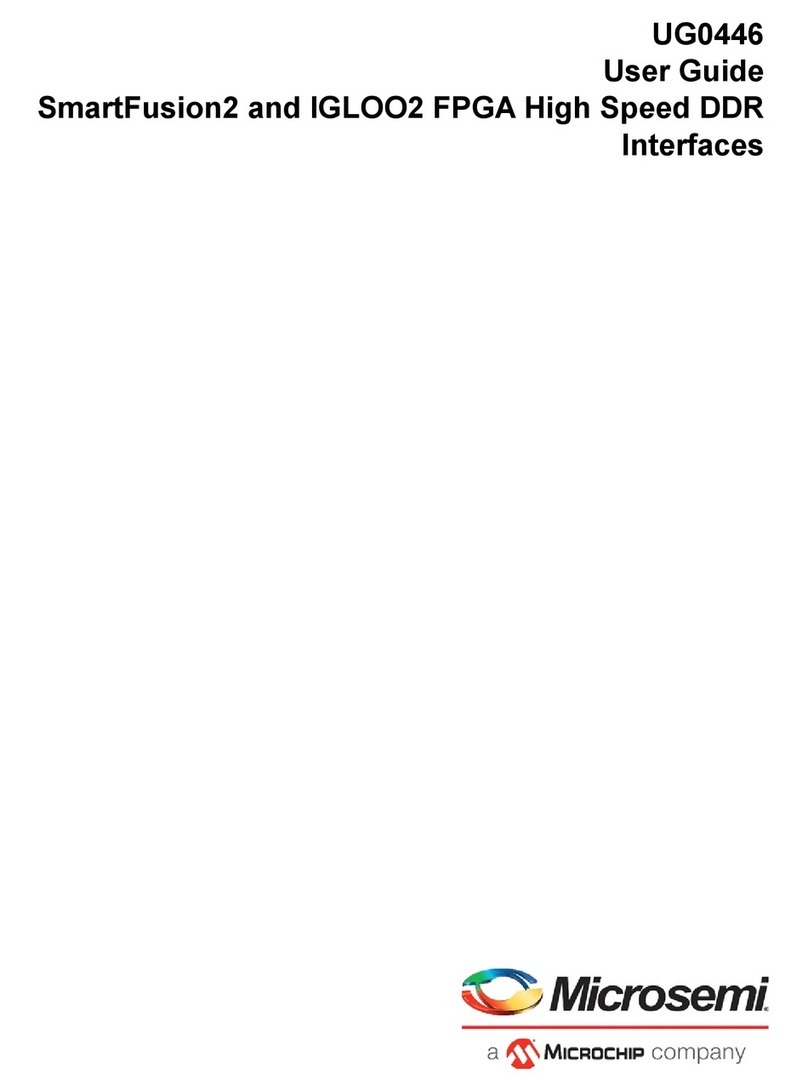
Microchip Technology
Microchip Technology Microsemi SmartFusion2 user guide
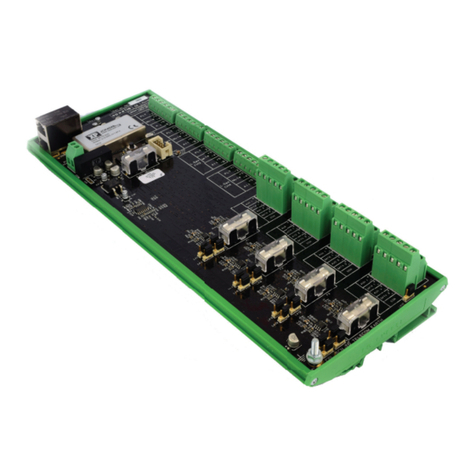
Eaton
Eaton SONIX Hmi-Tu Technical manual

HORNER APG
HORNER APG Alspa 8000 manual

GFI System
GFI System SPECULAR TEMPUS user manual

BSS Audio
BSS Audio Soundweb London BLU-DA installation guide
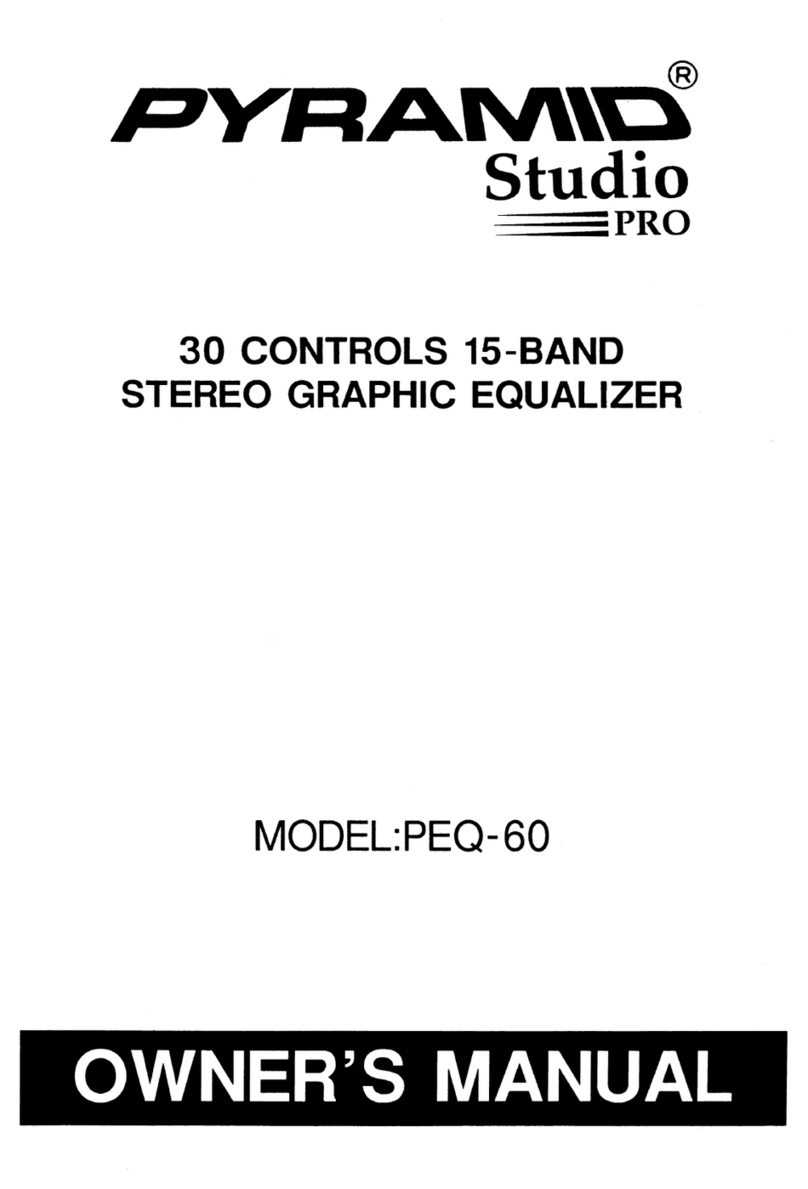
Pyramid
Pyramid Studio PRO PEQ-60 owner's manual

